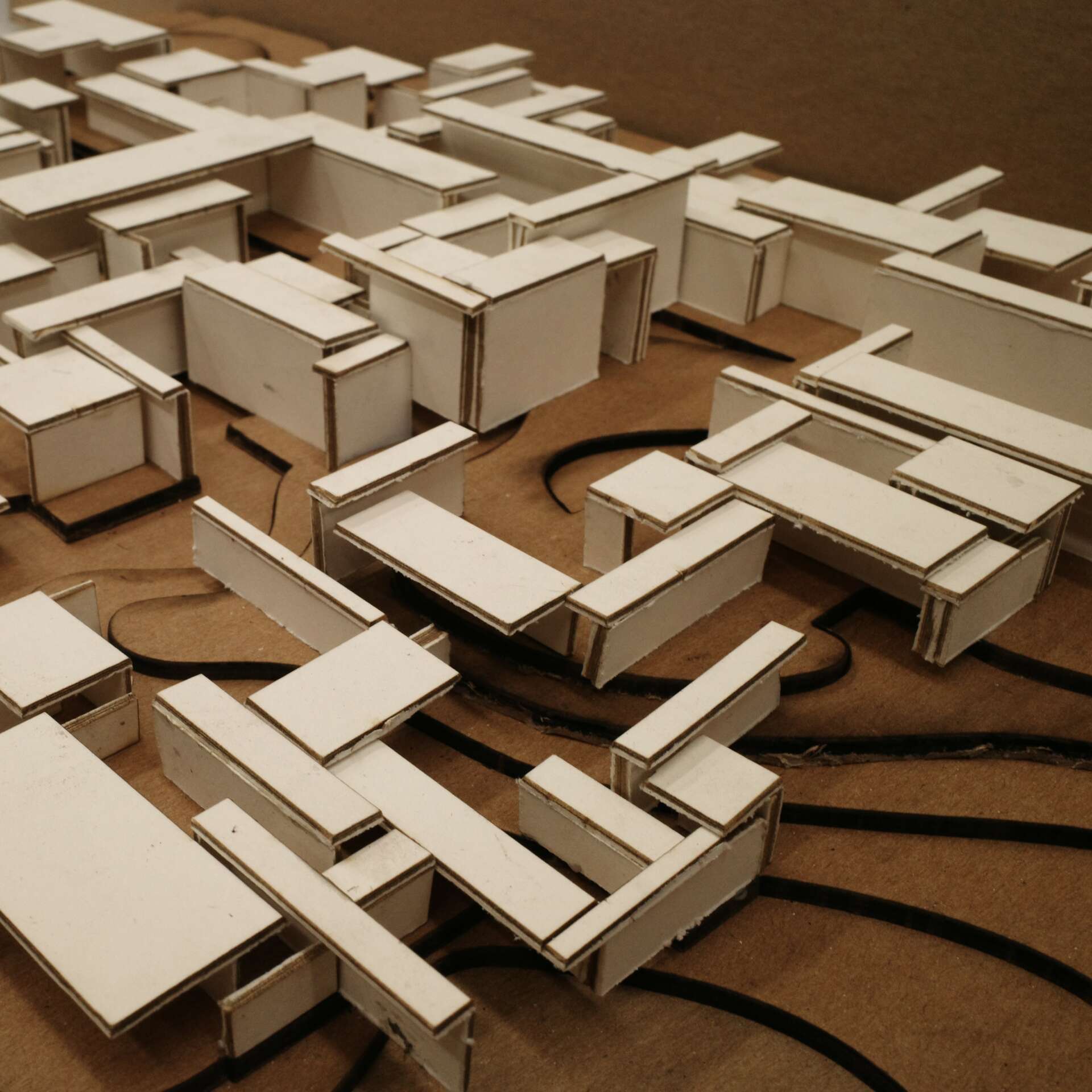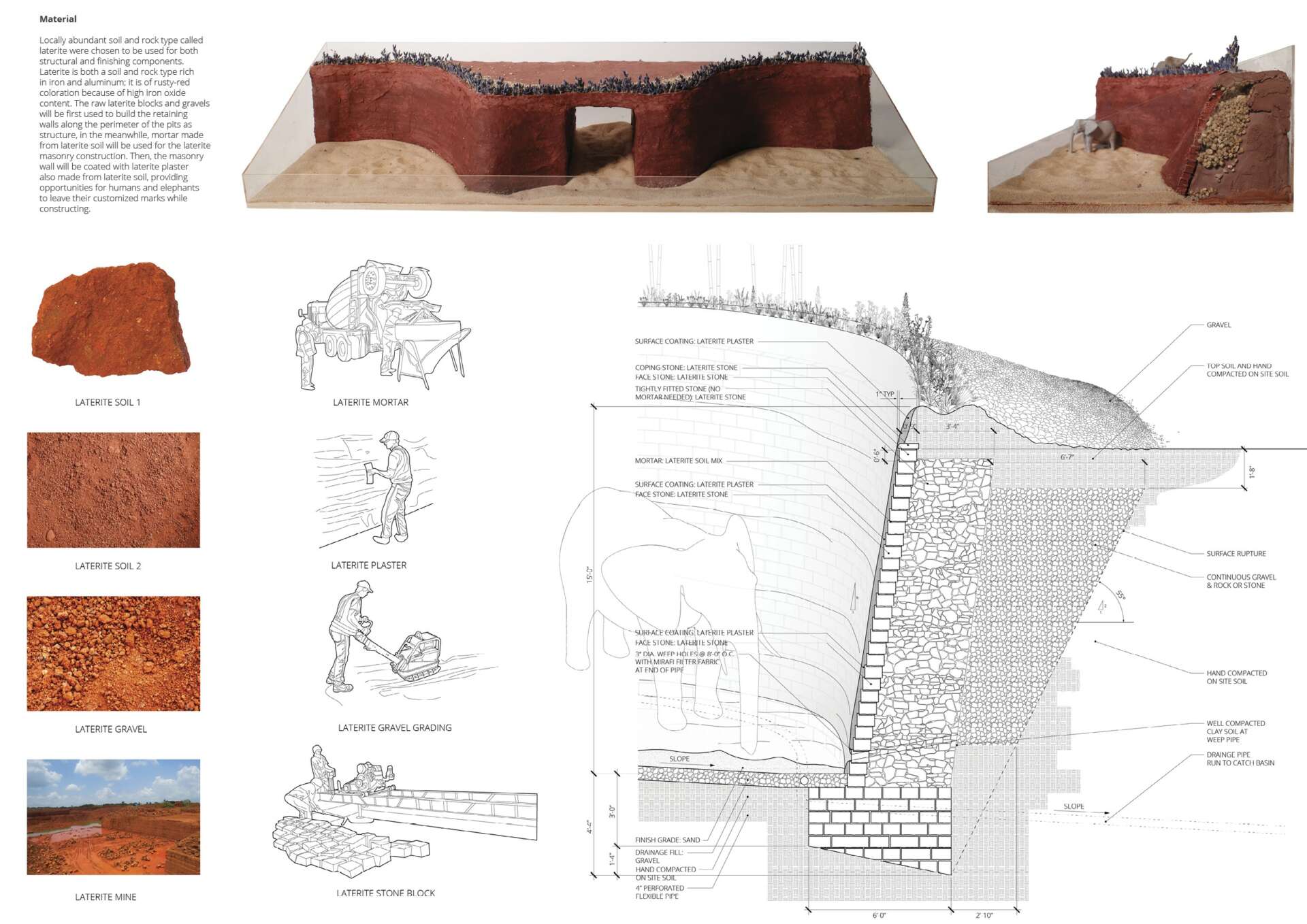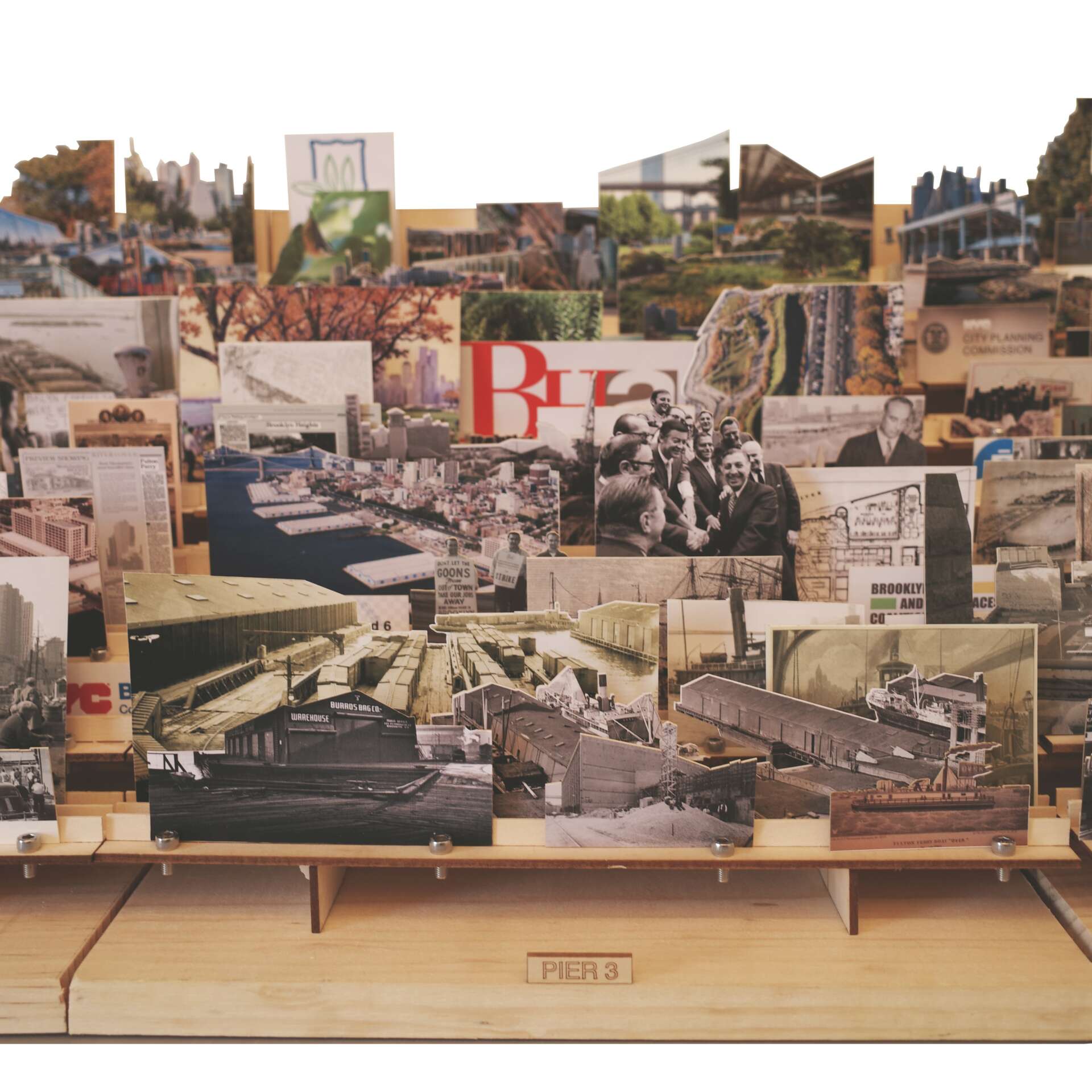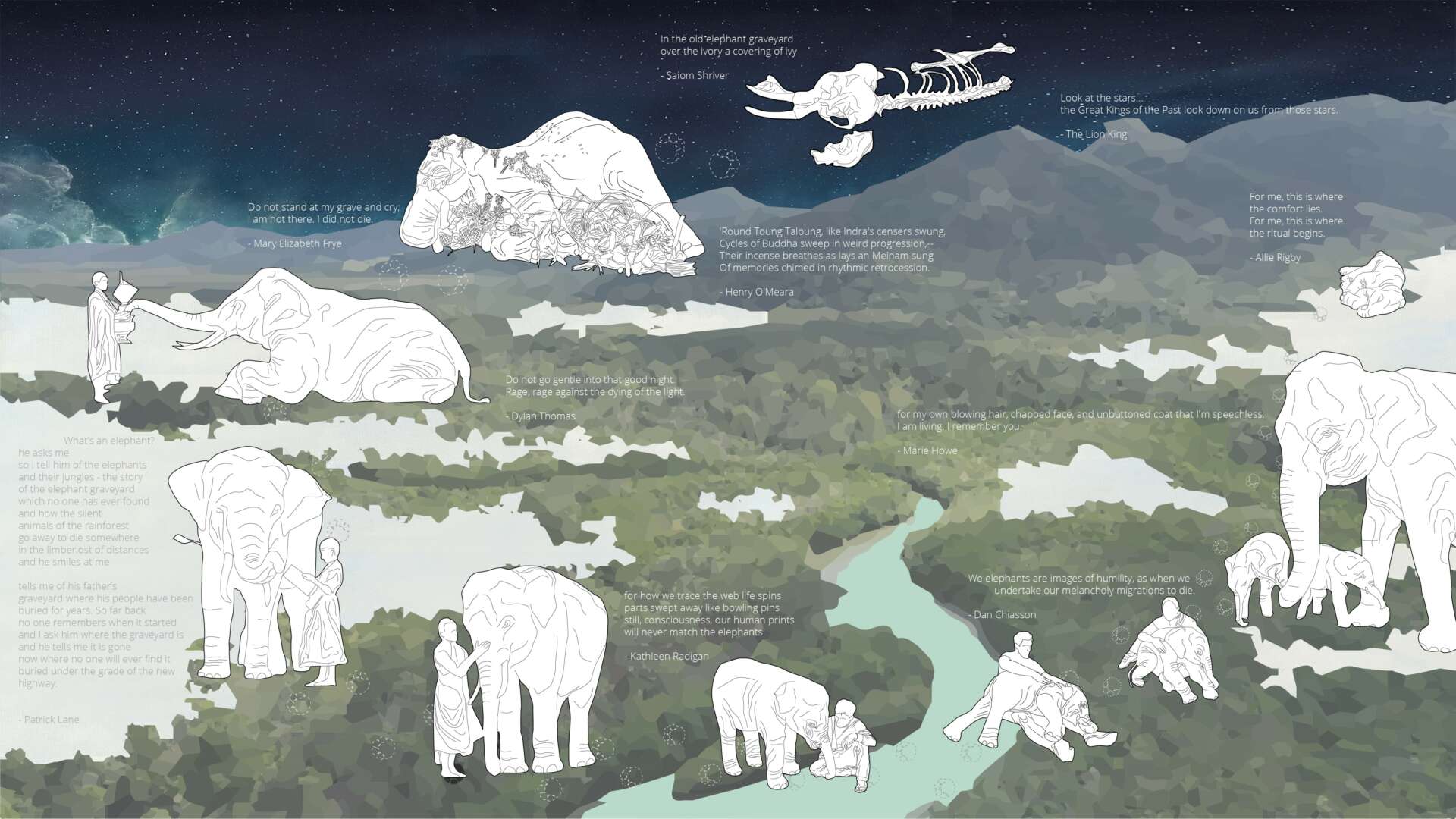We’re excited to introduce you to the always interesting and insightful Zixiao Huang. We hope you’ll enjoy our conversation with Zixiao below.
Zixiao, thanks for joining us, excited to have you contributing your stories and insights. So let’s jump to your mission – what’s the backstory behind how you developed the mission that drives your brand?
“When you take too many photos, you know, it wears out your soul.”
Refusing to take a photo with me, Steven Holl gave me this advice at his 2018 One Two Five exhibition in Milan, and it’s echoed in my head ever since, whenever I press the shutter release on my camera.
The advancement of technology makes life easy, yet also pale and textureless. Modern digital cameras produce photos at nearly zero cost; that means it’s simple to produce similar photos, and even duplicates. Considering this, I gradually realized this situation also exists in the architecture world.
I have seen many identical buildings. I was raised in a community consisted of Khrushchyovkas in China, a factory town filled with buildings designed solely for labor force housing, and in order to meet the high demand for efficiency, they are all designed and constructed using the same set of plans. Though vivid in my childhood memories, they are wan, soulless structures that now stand waiting for the day they’ll be demolished. I felt the same when I first came to California and saw gigantic parking structures and “So-Cal” style urban plazas. Why are there so many identical structures everywhere?
Reflecting on this question, suddenly, I understood Mr. Holl’s true meaning regarding the wearing of the soul: soul only exists when a design has its own character. In my project, The Coral Core, instead of designing an everyday high-rise building, I decided I would not take a photo that is similar to all the others. Unlike a regular high-rise with a single compact core, I challenged this building’s tectonic typology by experimenting with a core-cluster system and made it unique within the high-rise genre.
After graduation, I worked at von Oeyen Architects. I still remember that an incident during my employment there further confirmed my views about a design’s uniqueness. When we were designing a fire-rebuild housing project along Paseo Canyon Road in Malibu, instead of following the precedent of the traditional gabled roof in the community, Geoff, the firm principal, proposed a design that did the opposite – upward tilted ceilings that spread in four directions, framing the mountains nearby. The homeowner’s association denied the design multiple times, and instead, asked me to photograph all the residences along the road to use as a reference. I respect the tradition of having an ordinary gabled roof, but still, when I was skimming through the photos, all I saw was the same design repeated numerous times. So, I wondered, is good design being the same as the rest?
I further examined this idea in a later research project, which was designing a new form for the United States Supreme Court. To make it different from traditional courtrooms, I integrated a public space and gallery into the structure, using the three primitive shapes to represent the three elements of the separation of powers. This new arrangement converted a plain government building into a composite establishment that serves both its designated function and adds educational and recreational functionality, improving the transparency of the judicial procedure and inviting the public into a supervising role. In this way, I want to redefine a primary symbol of the United States.
During my advanced studies at Columbia University GSAPP from 2022 to 2023, I delved deeper into my research on innovative architectural representations. Collaborating with my partner, we undertook the visualization of a two-century transformation of the Brooklyn waterfront – once a thriving industrial port, now transformed into a vibrant public park. Our approach involved translating this historical evolution into a captivating 3D collage presented through a narrative performance. In our discourse, we explored the embodiment of site value through the natural energy flow orchestrated by diverse species, emphasizing how a land’s image becomes enriched through dynamically superimposed and exchanged values.
Furthermore, I conceptualized a novel medical system that seamlessly integrates outpatient and inpatient practices on both architectural and social fronts. Employing the concept of “thickness,” my design aimed to cultivate a sense of privacy and intimacy while maintaining a vital connection to light, exteriority, and the broader spatial assemblage.
Additionally, our exploration led us to Thailand, where we envisioned an innovative solution for harmonious coexistence between humans and animals. This took shape as an elephant graveyard, serving as an archive, a garden, a forest underground, and a place for elephants, humans, and other non-human animals, where the stages of grief are respected, and the place of remembrance is defined and fortified with the energies of life. The project transforms the elephant graveyard into a space of archive and commemoration for the elephants’ bonds with humans and their collective memories.
As a burgeoning architectural designer, my passion lies in discovering the distinct characteristics of architecture through varied expressions, encompassing tectonic, technological, and social dimensions. The allure of architecture, for me, lies in its inherent inclusiveness. In my professional journey, my goal is to unearth the authentic essence behind clients’ expectations, confident that I possess the ability to transform something that seems unchangeable.


Zixiao, love having you share your insights with us. Before we ask you more questions, maybe you can take a moment to introduce yourself to our readers who might have missed our earlier conversations?
In 2019, I graduated with a Bachelor of Architecture degree from the University of Southern California, where I learned the fundamentals of architecture history and theory, tectonics, spatial composition, and urban development. My undergraduate program also provided me with the opportunity to hone my skills in graphic representation, drafting and modeling software, and architectural communication. It helped me develop the necessary skillset to succeed in my subsequent professional work.
Since graduating in 2019, I’ve been working full-time at von Oeyen Architects. Here, I deliver and produce 2D drawings and 3D models as part of the design, design development, and construction documentation of residential and commercial projects across the United States. In addition, I manage on-site and online communication between our firm, our consultants, the owners, contractors, and subcontractors. I make site visits for construction administration for local projects in Malibu, which is a responsibility I take very seriously. In addition to specific projects, I help the principals with schematic design, code and regulation research, and drawing sets. The professional experience has not only refined my abilities as a design professional, but more importantly, it has allowed me to gain a fresh perspective toward my academic career when I can design and reflect from the construction industry collectively.
In Columbia University GSAPP from 2022 to 2023, I further aligned my architectural studies with a broader understanding of social, political, economic, and environmental contexts. The advanced program extended the exploration of architecture beyond mere structures and materials, delving into the cultural impact generated by architectural and built environments.
Currently, as an architectural designer at Archetype Architecture in New York, where our focus primarily lies in residential projects, I continue to channel my passion for enhancing people’s lives. My commitment involves refining every aspect of my designs, encompassing not only the final built product but also optimizing the entire service flow. I bring to the table a combination of academic and professional integrity, unwavering determination, and a robust knowledge base – attributes that I consider essential for a responsible architect in the future of the industry.


Can you share a story from your journey that illustrates your resilience?
As a young architectural designer, my experience may be limited when it comes to discussing business matters, but I’m eager to share a story of resilience. During my time at von Oeyen Architects in Los Angeles, I encountered a challenging project called Horizon House, a 4000 sqft hillside single-family residence overlooking the Pacific Coast in Malibu. Unfortunately, shortly after achieving substantial completion, the 2018 Woolsey Fire destroyed the house.
Undeterred, we leveraged the still actively permitted foundation to embark on the reconstruction of Horizon House. This time, we incorporated newly articulated features designed to optimize daylighting and enhance fireproofing measures. The firm’s principal, Geoffrey von Oeyen, aptly refers to this renewed project as Horizon House II – a phoenix rising from the ashes. Indeed, it stands as a testament to resilience and the transformative power of architecture.


How’d you build such a strong reputation within your market?
I learned this from firms I have worked for.
Primarily, client satisfaction emerges as the cornerstone, encompassing effective communication, impeccable deliverables, and meticulous attention to detail.
Equally significant is the pursuit of qualifications through awards and participation in social activities. The strategy involves consistently producing exceptional designs and actively seeking recognition through reputable awards, all the while ensuring that the quality of entries remains consistently high.
Lastly, effective management is crucial. Cultivating strong relationships with partners and employees contributes to the overall health of the firm.

Contact Info:
- Website: zixiaohuang.com
- Instagram: coffinshop_
- Linkedin: www.linkedin.com/in/nicholas-zixiao-huang-5856a36b
Image Credits
Profile photo: Zihao Xu Architectural project: Sixuan Chen Additional photo and architectural project: Junjie Fu


